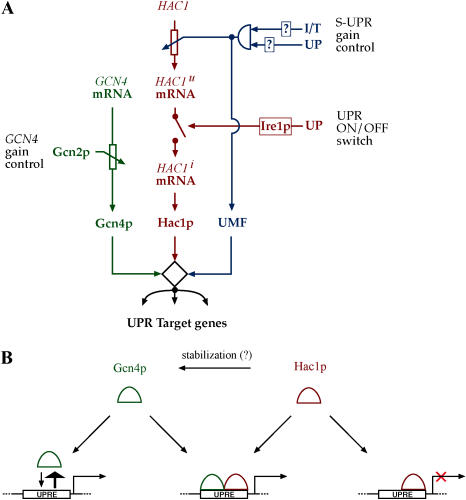Figure 8. Model of Gcn4p/Hac1p Action in the UPR.
(A) The expanded circuitry of the UPR. The classical UPR (red), the S-UPR (blue), and regulated Gcn4p levels (green) are integrated at target promoters. Transcriptional regulation of HAC1 mRNA levels, providing one level of gain control, is depicted as a rheostat under supervision of a logical AND gate informed by multiple inputs from the ER. Splicing of HAC1 mRNA by Ire1p, providing a binary on/off control, is depicted by a switch. Regulation of Gcn4p levels by Gcn2p under changing cellular conditions adds an additional layer of gain control. Together, activity levels of Hac1p, Gcn4p, and the proposed UPR modulatory factor (Leber et al. 2004) collaborate to determine the magnitude of the transcriptional output signal.
(B) Mechanism of Gcn4p/Hac1p action at target promoters. In the absence of Hac1p, Gcn4p is present in the cell as a consequence of baseline activity of Gcn2p. At normal concentrations, Gcn4p is unable to bind or activate a target UPRE, but it may bind when Gcn4p levels are elevated. Upon induction of the UPR, Ire1p is activated and Hac1 is synthesized. Hac1p can bind, but not activate, target UPREs. Binding of target DNA by a Gcn4p/Hac1p heterodimer results in a transcriptionally active complex. Gcn4p levels are upregulated under UPR induction, perhaps as a consequence of stabilization by interaction with Hac1p.

